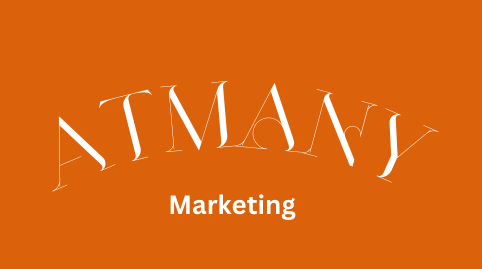

Table of Contents
ToggleWhite Hat Marketing-
Definition: White hat marketing refers to ethical and legitimate practices that follow the rules and guidelines set by search engines, social media platforms, and other online authorities. The focus is on providing value to users and building a sustainable online presence.
Key Techniques:
SEO (Search Engine Optimization):
- Using relevant keywords naturally in content.
- Creating high-quality, original content.
- Ensuring a user-friendly website design.
- Building genuine backlinks from reputable sites.
Content Marketing:
- Publishing informative, engaging, and useful blog posts, articles, videos, and infographics.
- Sharing content on social media to engage with the audience.
- Creating content that addresses user needs and queries.
Social Media Marketing:
- Building a genuine following through regular and meaningful interactions.
- Posting regularly and engaging with followers.
- Running transparent and targeted ad campaigns.
Email Marketing:
- Sending relevant and permission-based emails.
- Personalizing email content to match subscriber interests.
- Providing value through newsletters and special offers.
Pay-Per-Click (PPC) Advertising:
- Creating clear and honest ads.
- Targeting ads accurately to reach the right audience.
- Using transparent landing pages that match ad content.
Benefits:
- Long-term results and sustainable growth.
- Builds trust and credibility with users and search engines.
- Reduces the risk of penalties from search engines.
Black Hat Marketing
Definition: Black hat marketing involves practices that attempt to manipulate search engine algorithms and deceive users. These tactics are often unethical and violate the terms of service of search engines and other online platforms.
Key Techniques:
SEO:
- Keyword stuffing: Overloading content with keywords.
- Cloaking: Showing different content to search engines and users.
- Link farming: Creating a network of low-quality websites to build backlinks.
Content Marketing:
- Plagiarizing or duplicating content from other sites.
- Using clickbait titles that mislead users.
- Hiding text or links within the content.
Social Media Marketing:
- Buying followers, likes, and shares to fake popularity.
- Creating fake accounts to boost engagement.
- Spamming social media platforms with excessive posts.
Email Marketing:
- Sending unsolicited (spam) emails.
- Using deceptive subject lines to trick users into opening emails.
- Harvesting email addresses without consent.
Pay-Per-Click (PPC) Advertising:
- Using misleading ad copy to attract clicks.
- Redirecting users to irrelevant or harmful sites.
- Using bots to inflate ad impressions and clicks.
Risks:
- Short-term results with long-term consequences.
- High risk of penalties from search engines, including being banned.
- Damages brand reputation and trust among users.
Conclusion
White Hat Marketing
is ethical, focuses on long-term growth, and builds trust with users and search engines through high-quality content, ethical SEO practices, and transparent marketing strategies.
Black Hat Marketing
involves unethical practices that aim for quick wins but can lead to severe penalties, loss of credibility, and long-term damage to the brand.
Choosing white hat marketing practices ensures sustainable growth and a positive reputation, while black hat techniques might offer short-term gains but come with significant risks.
